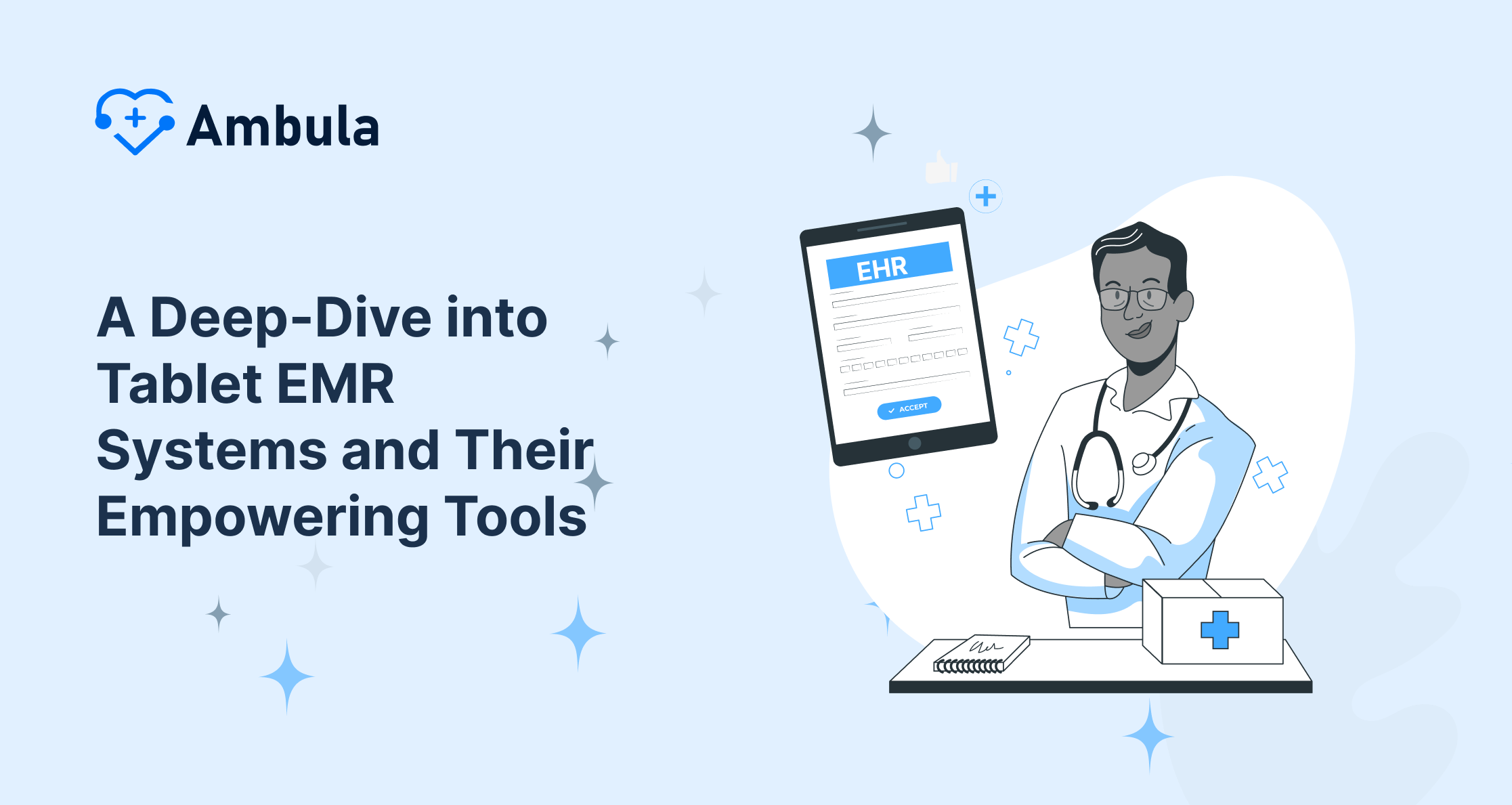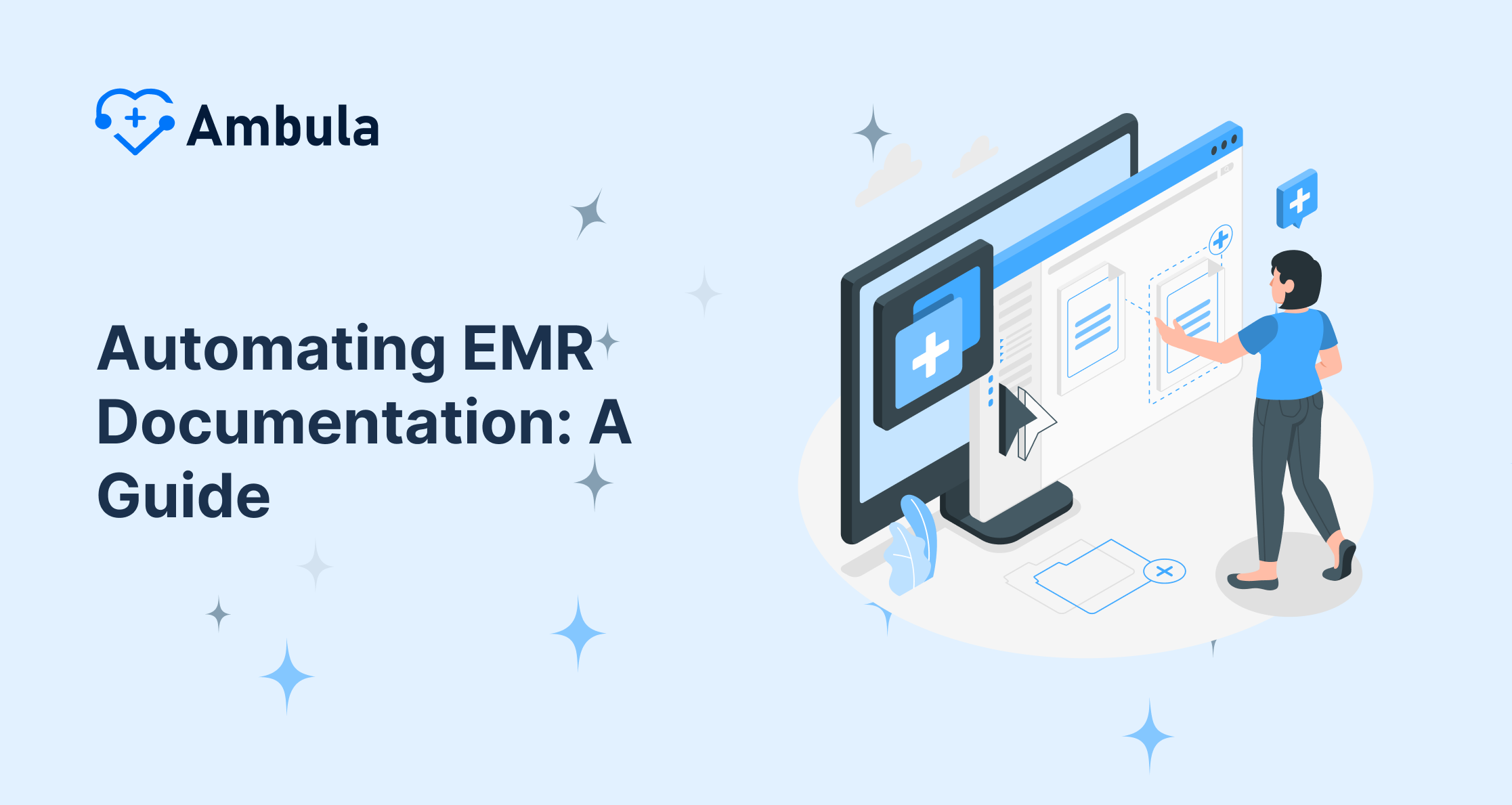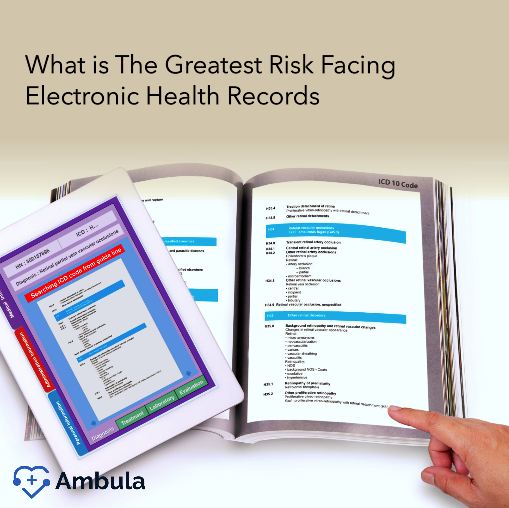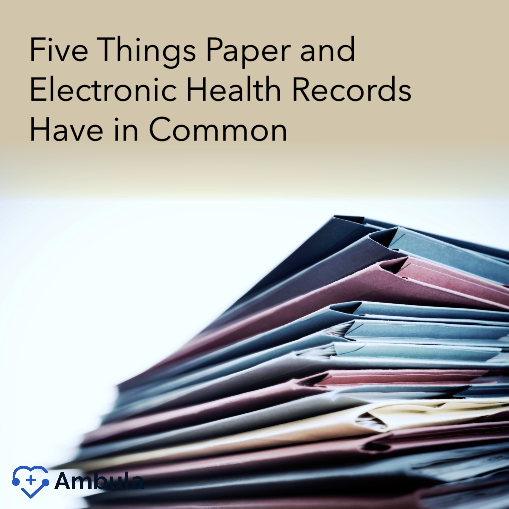Topics:
- What is EHR in healthcare?
- What is the difference between EHR and EMR?
- Where does EHR really stand out?
- What is an addendum?
- To what extent is the EHR market big?
When you find out what is EHR and why you will give it your attention, your perspective of healthcare will change. Way back in the 1970s, professionals introduced electronic health records, EHR. Yet not until recently did they become widely used. Nowadays, many healthcare systems enjoy EHRs bringing patients’ experiences to a new level. So, with EHR practices and patients are equally safe and secure with easy access to their data.
What is EHR in healthcare?
Let’s start with definitions. We previously showed you the difference between EMR and EHR, but what’s the role of EHR in healthcare?
An electronic health record is the digital form of a patient’s paperwork. In fact, EHRs are patient-centered, real-time records that offer instant and secured data to the allowed users. Additionally, EHRs are not only containers for treatment and medical patients’ histories. Also, they include a wider view of a patient’s portfolio. They contain:
1- Medical history of a patient along with medications, diagnoses, allergies, and treatment plans. Not to mention test results, laboratory results, radiology images, and immunization dates.
2- Permit access to evidence-based devices that staff use to come up with decisions about the patient’s care
3- Streamline and automate the provider’s workflow
Moreover, an initial feature in EHR allows you to create and manage health information digitally. Fortunately, this allows data sharing with other healthcare providers across many healthcare organizations. The EHR structure allows you to share your information with pharmacies, labs, medical imaging facilities, specialists, etc. Thus, thanks to EHR, many clinicians have been involved at once in a patient’s care.
What is the difference between EHR and EMR?
To go deeper with what EHR is and why you will give it your attention, it is important that we tell the difference between EMR and EHR. Some people mix the two terms. Yet in terms of the benefits of both, they vary tremendously. First, EMRs or electronic medical records are the digital forms of a chart with patient data on a computer. Second, EHR is the digital form of all health information.
Check out this parallel comparison between the two:
– Before, we explained that an EHR is a digital record of patient data related to their health. But, EMRs are digital versions of charts.
–While EHRs streamline sharing with other labs and providers of real-time data. EMRs are not constructed for sharing outside a practice.
– With EHR, a patient can move their medical data with them. Yet, records don’t travel easily outside practice with EMRs.
– Decision-making is possible with EHRs due to several tools. Yet EMRs are only for treatment and diagnosis.
All in all, this makes what an EHR is and why they are important very justifiable.
Check out these articles after you’re done
Where does EHR really stand out?
Now, which best defines electronic health records EHRs? The benefits will define the best EHRs and help you differentiate between them and EMRs.
There is a wide range of benefits present in EHRs on many levels:
1- Results management: you can get lab results, X-ray images, and radiology reports electronically without duplication.
2- E-prescribing securely
3- Decision-making support: evidence-based tools support your clinical decisions. EHRs are smart. They warn you if there are any drug interactions. Also, they guide you to evidence-based guidelines. Even they help you make your diagnosis.
4- Electronic connectivity and communications: securely, you can communicate with your medical assistant, patients, hospital, etc., in cyberspace. This interoperability is crucial when you streamline your workflow by interacting with others.
5- Patient support: EHRs send your patients educational material. Besides, they can enter the data by themselves through home monitoring devices and online questionnaires.
6- Administrative processes: your staff can inspect insurance eligibility. Your patients can schedule their personal appointments
7- what is the role of EHRs in supporting population health? EHRs provide the answers to questions such as: How many of your diabetic patients have their HbA1c under 7? Other questions could be how patients did you offer treatment to in 2021? These answers are possible due to a searchable database.
What is an addendum?
An addendum to an electronic health record EHR is a tool to give information not available during the original entry, Basically, an addendum has to be timely. Of course, it will hold the reason for the addition with the current date. The person making the addendum should sign it at the end.
To what extent is the EHR market big?
Business Intelligence reports predict that the 30 billion USD EHR market will expand globally. Not surprisingly, it will reach 38.3 billion USD by 2025. According to estimations, more than 500 EHR product vendors are in the market.
Finally, EHRs impact our world daily. When you adopt them, you’ll improve patient satisfaction and patient outcomes and decrease costs. Get rid of all that paper once and for all. What are you waiting for?
If you’re looking for more information about EHRs, we’re here at Ambula Healthcare Team, waiting for your call: (818) 308-4108! And now paper charting vs electronic charting: which one is better?





